Home>Garden Essentials>Where Do Sesame Seeds Come From
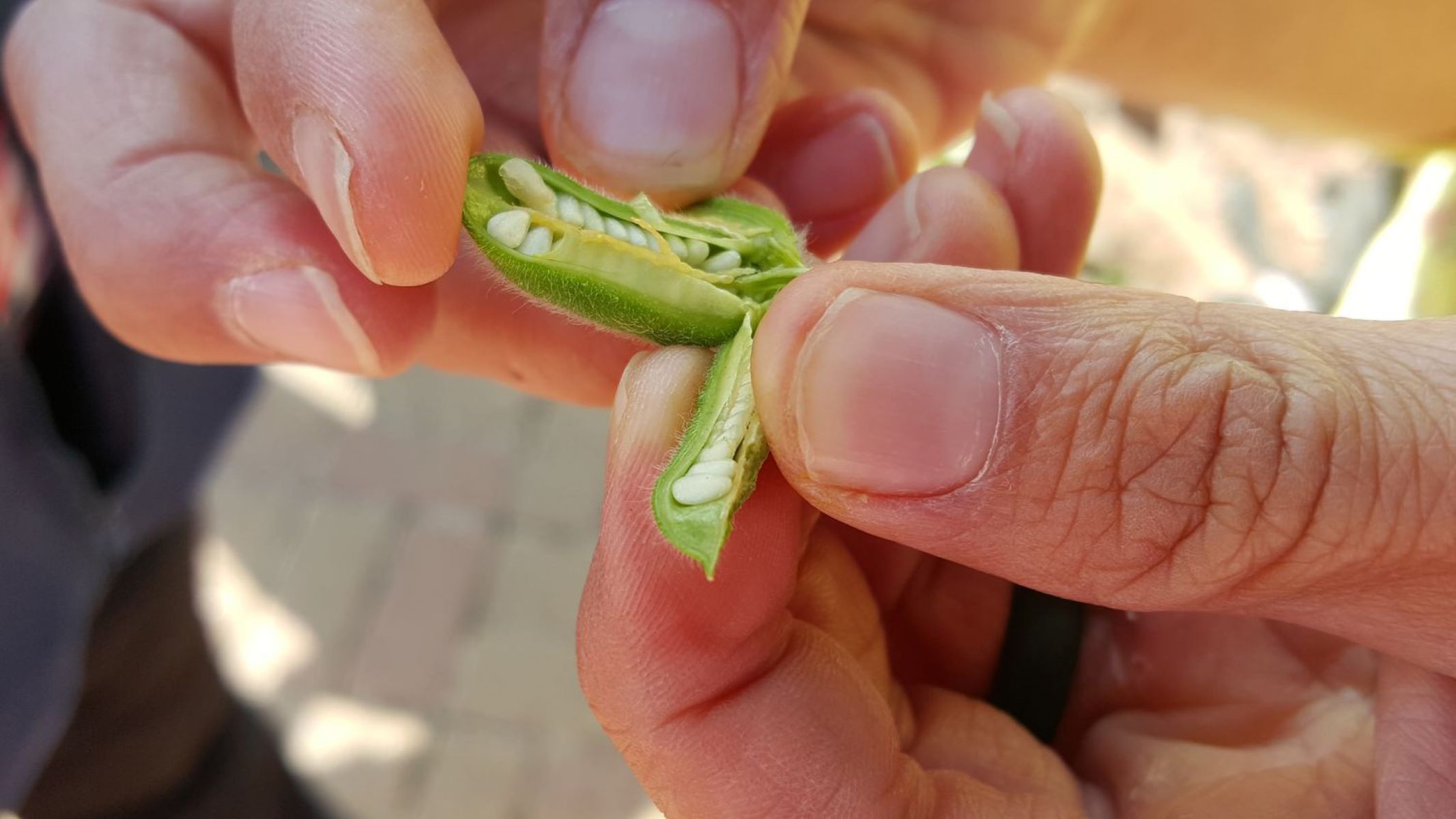

Garden Essentials
Where Do Sesame Seeds Come From
Modified: March 16, 2024
Discover the origin of sesame seeds and how they are grown in home gardens. Learn everything you need to know about cultivating these nutritious seeds.
(Many of the links in this article redirect to a specific reviewed product. Your purchase of these products through affiliate links helps to generate commission for Storables.com, at no extra cost. Learn more)
Introduction
Introduction
Sesame seeds have been a staple ingredient in various cuisines around the world for centuries. These tiny, flavorful seeds are not only delicious but also packed with numerous health benefits. Whether sprinkled on top of bread, incorporated into sauces, or used as a garnish, sesame seeds add a delightful crunch and nutty flavor to dishes. In this article, we will delve into the fascinating world of sesame seeds, exploring their origins, cultivation, processing methods, nutritional value, and versatile culinary uses. We will also shed light on the many medicinal and health benefits that sesame seeds offer. So, let’s journey through the history and characteristics of sesame seeds and discover why they are such a valuable ingredient in the world of gastronomy.
Key Takeaways:
- Sesame seeds have a rich history dating back thousands of years and offer a plethora of health benefits. They are packed with essential nutrients and can be used in a variety of delicious dishes.
- From promoting heart health to aiding digestion, sesame seeds are a versatile and nutritious addition to any diet. Their unique flavor and texture make them a delightful ingredient in a wide range of culinary creations.
Read more: Where Do Seed Potatoes Come From
History of Sesame Seeds
Sesame seeds have a rich history that can be traced back more than 5,000 years. Believed to have originated in Africa, sesame seeds were cultivated and used as a food source in ancient Mesopotamia, Egypt, and other parts of the Middle East. The ancient Egyptians even believed that sesame seeds had mythical powers and used them as offerings to their gods. As time went on, sesame seeds found their way to other regions, such as India, China, and Southeast Asia, where they became an integral part of local cuisines. The popularity of sesame seeds continued to spread, reaching Europe and the Americas through trade routes.
Cultivation of Sesame Seeds
Sesame seeds require specific conditions to thrive. They are primarily grown in tropical and subtropical regions that offer a warm climate and well-drained soil. These regions include countries like India, China, Sudan, Myanmar, Ethiopia, and Nigeria, among others. The cultivation of sesame seeds is relatively straightforward. The seeds are sown in prepared fields and require sufficient sunlight and water to grow. They are known for their resilience and ability to withstand drought conditions, making them an ideal crop in areas with limited rainfall. Once the sesame plants reach maturity, they produce beautiful pink or white flowers that give way to the familiar seed pods. These pods contain the small, oval-shaped sesame seeds that we’re familiar with.
Sesame Seeds Production and Harvesting
Sesame seeds are harvested when the seed pods turn brown and start to split open. The timing of the harvest is crucial, as it determines the quality of the seeds. Harvesting too early can result in immature seeds, while waiting too long may lead to seed loss or contamination. Traditionally, sesame seed harvesting was a manual process. Farmers would cut the seed pods by hand and collect the seeds. However, with modern advancements, mechanical methods are now widely used to streamline the harvesting process and increase efficiency. After the seeds are harvested, they undergo a series of steps to ensure quality and remove any impurities. These steps include cleaning, drying, and sorting the seeds to remove any debris or foreign particles.
This is just a glimpse into the fascinating world of sesame seeds. In the following sections, we will explore the various processing methods, nutritional value, culinary uses, and health benefits of these tiny powerhouses. So, strap in and get ready to discover the wonders of sesame seeds.
Key Takeaways:
- Sesame seeds have a rich history dating back thousands of years and offer a plethora of health benefits. They are packed with essential nutrients and can be used in a variety of delicious dishes.
- From promoting heart health to aiding digestion, sesame seeds are a versatile and nutritious addition to any diet. Their unique flavor and texture make them a delightful ingredient in a wide range of culinary creations.
Read more: Where Do Seed Potatoes Come From
History of Sesame Seeds
Sesame seeds have a rich and storied history that spans thousands of years. Believed to be one of the oldest oilseed crops, sesame seeds have played a significant role in various cultures and cuisines around the world. The origins of sesame seeds can be traced back to Africa, where the plant is believed to have originated. Evidence of sesame cultivation dates back to ancient Egypt, where the seeds were not only used as a food source but also prized for their medicinal properties. In fact, sesame seeds were considered so valuable that they were often used as a form of currency. From Egypt, sesame seeds spread to other regions of the world through trade routes. The Babylonians and Assyrians were known to use sesame oil for cooking and as a base for perfumes. The Chinese also cultivated sesame seeds and utilized them in their traditional medicine practices. Sesame seeds eventually found their way to India, where they became a staple ingredient in many Indian cuisines. In ancient Greece and Rome, sesame seeds were highly regarded for their gastronomic and medicinal qualities. The Romans introduced sesame seeds to Europe, where they quickly gained popularity. In medieval times, sesame seeds were used as a spice and flavoring agent in European dishes. Sesame seeds played a significant role in the culinary traditions of the Middle East as well. The Arab traders introduced sesame seeds to the Arabian Peninsula, where they became a crucial ingredient in various dishes like tahini, halva, and hummus. In fact, tahini, a paste made from ground sesame seeds, remains a staple in Middle Eastern cuisine to this day. During the Age of Exploration, European explorers such as Vasco da Gama and Christopher Columbus discovered sesame seeds during their voyages to India and the Far East. The seeds were brought back to Europe, where they gained popularity in the culinary scene. Sesame seeds were used in confections, bread, and even as a substitute for tobacco. Today, sesame seeds are widely cultivated and consumed in many parts of the world. They are used in a variety of dishes, including bakery items, salad dressings, sauces, and stir-fries. Sesame oil, extracted from the seeds, is also a popular cooking oil with a distinctive nutty flavor. In addition to their culinary uses, sesame seeds have also been recognized for their nutritional and health benefits. They are an excellent source of protein, fiber, healthy fats, vitamins, and minerals. Sesame seeds are believed to support heart health, improve digestion, boost immunity, and promote healthy skin and hair. The cultivation and consumption of sesame seeds have transcended borders and generations, making them a truly versatile and beloved ingredient. So the next time you enjoy a sesame seed-topped bagel or a drizzle of sesame oil on your favorite dish, remember the rich history and cultural significance that these tiny seeds carry.
Cultivation of Sesame Seeds
Sesame seeds are primarily cultivated in tropical and subtropical regions around the world. They require specific growing conditions to thrive and are known for their ability to withstand harsh weather and poor soil conditions. The cultivation of sesame seeds begins with selecting the right variety of seeds. There are different types of sesame seeds, including white, black, and brown varieties, each with its own unique flavor and characteristics. Once the seeds are selected, the next step is preparing the land for cultivation. Sesame seeds prefer well-drained soil with a pH level between 6.0 and 7.0. The soil should also be rich in organic matter. Before planting, the soil is tilled and prepared to ensure proper aeration and nutrient availability. Many farmers also incorporate organic fertilizers to enhance soil fertility. Seeds are sown directly into the prepared soil, either through manual sowing or by using mechanical seeders. Sesame seeds require warm temperatures to germinate and grow, so they are usually planted when the soil temperature reaches around 15 to 20 degrees Celsius. Adequate sunlight is essential for their growth, so farmers choose areas with full sun exposure. Watering plays a crucial role in the cultivation of sesame seeds. While they are resistant to drought, sesame plants still require sufficient water for optimal growth. In regions with limited rainfall, irrigation systems are utilized to provide the necessary moisture. Sesame plants generally reach maturity within 90 to 120 days after planting. As they grow, they develop a profusion of slender, lance-shaped leaves. These leaves help to shade the soil, reducing weed growth and conserving moisture. The plants can grow up to three to six feet tall, depending on the variety. Once the plants reach maturity, they produce beautiful pale pink or white flowers. These flowers eventually give way to small seed pods that contain the sesame seeds. The timing of the harvest is crucial, as it affects the quality of the seeds. Harvesting is done when the seed pods turn brown and start to split open. Traditionally, sesame seeds were harvested by hand. Farmers would cut the seed pods individually and collect the seeds. However, with modern advancements, mechanical methods such as combine harvesters are now widely used to streamline the harvesting process. After the seeds are harvested, they undergo post-harvest processing to ensure quality and remove any impurities. This includes cleaning the seeds to remove debris, drying them to reduce moisture content, and sorting them based on size and color. The cultivation of sesame seeds is known for its sustainability and resilience. Sesame plants require less water compared to other crops, making them suitable for regions with limited water resources. They are also resistant to pests and diseases, reducing the need for chemical pesticides. Sesame seeds have a long history of cultivation and have become an essential crop in many countries. From Africa to Asia and beyond, these tiny seeds continue to be cherished for their culinary uses, nutritional value, and ability to thrive in challenging environments.
Sesame Seeds Production and Harvesting
The production and harvesting of sesame seeds involve a series of carefully planned steps to ensure the best quality and yield. From seed to harvest, each stage plays a crucial role in delivering the flavorful and nutritious sesame seeds we enjoy. Sesame seeds are primarily produced in tropical and subtropical regions that offer a warm climate and well-drained soil. Countries like India, China, Sudan, Myanmar, Ethiopia, and Nigeria are among the top producers of sesame seeds. The process begins with selecting high-quality seeds that are well-suited to the local climate and growing conditions. The seeds are then sown directly into the prepared soil using various methods, such as manual sowing or mechanical seeders. Once the seeds germinate, sesame plants start to grow. They develop slender, lance-shaped leaves and begin to form flowers after a few weeks. The flowers, usually pale pink or white in color, are self-pollinated, and each flower gives rise to a small seed pod. The timing of the harvest is critical for sesame seeds. Harvesting too early may result in immature seeds, while waiting too long can lead to seed loss or contamination. As the seed pods mature, they turn brown and start to split open naturally. Traditionally, sesame seed harvesting was done manually. Farmers would carefully cut the seed pods from the plants using sharp blades or knives. This method allowed for selective harvesting, ensuring that only the fully matured pods were collected. In modern agriculture, mechanical methods are increasingly used to streamline the harvesting process. Combine harvesters equipped with specialized attachments can efficiently cut and collect the seed pods. This mechanization saves time and labor, making the harvesting process more efficient. After the seeds are harvested, they undergo post-harvest processing, which involves cleaning, drying, and sorting. Initially, the seeds are cleaned to remove any dirt, plant debris, or impurities. Cleaning is typically done using mechanical methods, such as vibrating screens and air blowers. The cleaned sesame seeds are then dried to reduce their moisture content. This is crucial to prevent mold growth and maintain the quality of the seeds during storage. Drying can be achieved using natural sunlight, hot air dryers, or commercial drying machines. Once dried, the seeds are sorted based on size, color, and quality. This step ensures uniformity and consistency in the final product. Sorting is often done using automated machines that utilize optical sensors to detect any defects or off-color seeds. The processed sesame seeds are then packaged and prepared for distribution. They are commonly stored in a cool and dry environment to maintain their freshness and extend their shelf life. Proper packaging helps protect the seeds from moisture, sunlight, and contamination. The production and harvesting of sesame seeds require careful planning, attention to detail, and a combination of traditional and modern farming techniques. Through these meticulous processes, the rich flavor, nutritional value, and culinary versatility of sesame seeds are preserved, making them a cherished ingredient around the world.
Sesame Seeds Processing Methods
Sesame seeds go through various processing methods to ensure their quality, enhance their flavor, and make them suitable for culinary and commercial use. These processes involve cleaning, hulling, roasting, and grinding of the sesame seeds to produce different forms of sesame products. The first step in the processing of sesame seeds is cleaning. The seeds are thoroughly cleaned to remove any dirt, stones, plant debris, or other impurities. This is typically done using mechanical methods such as vibrating screens and air blowers. Cleaning ensures that the seeds are free from contaminants and ready for further processing. Once the seeds are cleaned, they can either be used with their natural outer coat (hulled seeds) or subjected to the hulling process, depending on the desired end product. Hulling involves removing the outer seed coat to reveal the white or light-colored seed underneath. This process can be done mechanically or manually. Mechanized hulling methods use machines that apply pressure or friction to strip away the outer coat, while manual methods involve soaking the seeds and then rubbing them to loosen the hulls. Roasting is another important step in sesame seed processing, as it enhances the flavor and aroma of the seeds. The seeds are typically dry roasted in a pan or oven until they turn golden brown or develop a toasty aroma. This process brings out the nutty, rich flavor of the sesame seeds and adds depth to their taste profile. Roasted sesame seeds are commonly used in various culinary applications and can also be found as a standalone snack. After roasting, sesame seeds can be further processed into different forms. One common form is sesame oil. The seeds are often cold-pressed or expeller-pressed to extract the oil. Cold-pressed methods involve minimal heat, ensuring that the oil retains its natural flavor and nutritional properties. Sesame oil can be used for cooking, drizzling over dishes, or as a base for sauces and dressings. Another popular sesame product is tahini, a smooth paste made from ground sesame seeds. Tahini is commonly used in Middle Eastern cuisine, particularly in dishes like hummus, baba ganoush, and halva. The seeds are typically toasted before being ground into a creamy consistency. Tahini adds a rich, nutty flavor to dishes and serves as a versatile ingredient in both savory and sweet recipes. Sesame seeds can also be ground into a fine powder called sesame flour or sesame meal. This powder can be used as a gluten-free alternative in baking or as a thickening agent in sauces and gravies. Sesame flour is high in protein and fiber, adding nutritional value to various dishes. In addition to these processing methods, sesame seeds are also used as a topping for bread, buns, and pastries. They can be sprinkled on salads, stir-fries, and yogurt for added texture and flavor. The tiny seeds are even used as a garnish on sushi and other Japanese dishes. The processing methods applied to sesame seeds are designed to bring out their best qualities and create versatile products suitable for a wide range of culinary and commercial uses. Whether it’s in the form of oil, roasted seeds, tahini, or sesame flour, these processing methods elevate the taste, texture, and nutritional benefits of sesame seeds.
Nutritional Value of Sesame Seeds
Sesame seeds are tiny powerhouses of nutrition, packed with a range of essential nutrients that contribute to overall health and well-being. These tiny seeds are nutrient-dense and offer a variety of health benefits when incorporated into a balanced diet. One of the key nutritional components of sesame seeds is their high content of healthy fats. They are an excellent source of polyunsaturated and monounsaturated fats, particularly omega-6 fatty acids. These fats are known to promote heart health, reduce inflammation, and support brain function. Sesame seeds also provide a good amount of plant-based protein. Protein is essential for building and repairing tissues, supporting muscle growth, and aiding in the production of enzymes and hormones. Incorporating sesame seeds into a vegetarian or vegan diet can be an excellent way to boost protein intake. One notable nutrient found in sesame seeds is fiber. These tiny seeds are a great source of dietary fiber, which promotes healthy digestion and helps maintain regular bowel movements. Adequate fiber intake is also associated with a reduced risk of certain chronic diseases, such as heart disease and type 2 diabetes. Sesame seeds are rich in vitamins and minerals. They are a good source of calcium, providing a valuable option for those who cannot consume dairy products. Calcium is essential for maintaining strong bones and teeth, as well as supporting proper muscle function. In addition to calcium, sesame seeds are a good source of other minerals like iron, magnesium, phosphorus, and zinc. Iron plays a vital role in transporting oxygen throughout the body and preventing iron-deficiency anemia. Magnesium is important for nerve function, muscle relaxation, and bone health. Phosphorus is essential for energy production and healthy cell membranes, while zinc supports immune function and wound healing. Sesame seeds are also rich in antioxidants, specifically lignans. Lignans are polyphenolic compounds that have been shown to possess antioxidant and estrogenic properties. These compounds help reduce inflammation, protect against oxidative stress, and may have potential cancer-fighting properties. Furthermore, sesame seeds contain beneficial plant compounds, such as phytosterols and phytates. Phytosterols play a role in reducing cholesterol levels, while phytates help inhibit the absorption of minerals like iron and zinc, making them useful for individuals with certain health conditions. It’s important to note that while sesame seeds are a nutritious addition to the diet, they are also high in calories. Therefore, portion control is key, especially for individuals on a calorie-restricted diet or those looking to manage their weight. Incorporating sesame seeds into your meals can be as simple as sprinkling them on salads, adding them to smoothies or yogurt, or using them as a crust for baked goods. However, it’s always a good idea to consult with a healthcare professional or registered dietitian for personalized dietary advice based on your individual needs and health goals. In summary, sesame seeds are a nutritional powerhouse, providing healthy fats, fiber, protein, vitamins, minerals, antioxidants, and beneficial plant compounds. Adding these small but mighty seeds to your diet can contribute to overall health and well-being.
Read more: Where Do Radish Seeds Come From
Culinary Uses of Sesame Seeds
Sesame seeds have long been valued for their unique nutty flavor and versatility in cooking. These tiny seeds can be incorporated into a wide range of culinary creations, adding depth, texture, and a delightful nutty taste to various dishes. Let’s explore some of the common and creative culinary uses of sesame seeds. One of the most popular uses of sesame seeds is as a topping. These seeds can be sprinkled over bread and buns before baking, giving them a beautiful, golden crust and a delightful crunch. Sesame seeds are also commonly used as a garnish on sushi rolls, adding visual appeal and a burst of flavor. In many Asian cuisines, sesame seeds are toasted and ground to make sesame oil. This fragrant oil is prized for its rich, nutty flavor and is commonly used in stir-fries, marinades, and salad dressings. Sesame oil adds a distinctive taste and aroma to dishes, enhancing the overall flavor profile. Sesame seeds can also be ground into a paste known as tahini. Tahini is a staple in Middle Eastern and Mediterranean cuisines and is a key ingredient in popular dishes like hummus, baba ganoush, and halva. It is used as a base for sauces, dressings, and spreads, lending a creamy texture and a rich, nutty taste. Roasted sesame seeds are a delightful and nutritious snack on their own. They can be eaten as is or lightly seasoned with salt or other spices for added flavor. They can also be found in snack bars, trail mixes, and granola, providing a satisfying crunch and a boost of nutrients. Sesame seeds can play a significant role in both sweet and savory dishes. In baking, they are often incorporated into cookies, cakes, muffins, and bread for a delightful crunch and nutty flavor. They can also be ground and used as a flour substitute in gluten-free recipes. In savory cooking, sesame seeds are widely used as a coating for meats, adding a crispy outer layer and a nutty taste. They can also be sprinkled over stir-fries, noodles, and salads to add texture and a subtle flavor. Sesame seeds are even used as an ingredient in spice blends and sauces, such as gomasio and tahini sauce. Sesame seeds can be incorporated into desserts as a flavorful topping or as an ingredient in confections. They are commonly used in sesame brittle, sesame balls, and sesame-based sweets in various cuisines around the world. The combination of sweetness and the nuttiness of sesame seeds creates a delightful flavor contrast. Toasting sesame seeds before use can intensify their flavor and aroma. Simply place the seeds in a dry pan over medium heat and stir them until golden brown and fragrant. Be careful not to over-toast them, as they can quickly burn and become bitter. Whether used as a garnish, a base for dressings or spreads, a topping for baked goods, or a flavorful ingredient in cooking, sesame seeds offer a delightful taste and texture that can elevate a wide range of dishes. Experiment with these versatile seeds and discover the endless culinary possibilities they bring.
Medicinal and Health Benefits of Sesame Seeds
Sesame seeds are not only a flavorful addition to various dishes, but they also offer a range of medicinal and health benefits. Packed with essential nutrients and bioactive compounds, these tiny seeds have been recognized for their potential positive effects on overall well-being. Let’s explore some of the key health benefits associated with consuming sesame seeds. 1. Heart Health: Sesame seeds are rich in monounsaturated and polyunsaturated fats, which have been shown to promote heart health by reducing cholesterol levels, lowering blood pressure, and reducing the risk of cardiovascular diseases. Additionally, the lignans found in sesame seeds possess antioxidant and anti-inflammatory properties, further contributing to heart health. 2. Bone Health: Sesame seeds are an excellent source of calcium, a mineral essential for maintaining strong bones and teeth. Adequate calcium intake is crucial for preventing osteoporosis and reducing the risk of fractures. Consuming sesame seeds can be a valuable addition to a balanced diet, especially for individuals who cannot consume dairy products. 3. Digestive Health: Sesame seeds are a good source of dietary fiber, promoting healthy digestion and aiding in regular bowel movements. Fiber adds bulk to the stool, helping to prevent constipation and maintain a healthy bowel function. Regular consumption of fiber-rich foods like sesame seeds can support a healthy digestive system. 4. Nutrient-Dense: Sesame seeds are packed with essential nutrients, including copper, manganese, magnesium, and phosphorus. These minerals play vital roles in various bodily functions, such as energy production, bone health, muscle function, and maintaining a healthy immune system. 5. Antioxidant Properties: Sesame seeds contain natural antioxidants, such as lignans and phytosterols, which help protect the body against oxidative stress caused by free radicals. Oxidative stress is associated with various chronic conditions, including inflammation, cardiovascular diseases, and certain types of cancer. The antioxidants in sesame seeds may help reduce the risk of these diseases. 6. Blood Sugar Control: The fiber and healthy fats in sesame seeds contribute to stabilizing blood sugar levels. Including sesame seeds in meals can help slow down the absorption of sugars into the bloodstream, preventing spikes and crashes in blood sugar levels. This can be beneficial for individuals with diabetes or those looking to maintain steady energy levels throughout the day. 7. Skin and Hair Health: The abundance of nutrients in sesame seeds, including zinc, antioxidants, and healthy fats, can support healthy skin and hair. These nutrients help nourish the skin, promote collagen production, and protect against damage caused by free radicals. Similarly, they can contribute to maintaining strong and shiny hair. While sesame seeds offer numerous health benefits, it’s important to consume them as part of a balanced diet. Incorporate them into your meals by sprinkling them on salads, adding them to baked goods, or using them as a topping for various dishes to enjoy their delicious flavor and harness their potential health-promoting properties. As with any dietary consideration, it’s always advisable to consult a healthcare professional or registered dietitian for personalized advice based on your individual needs and health goals.
Conclusion
Sesame seeds are more than just a flavorful ingredient in various cuisines; they offer a plethora of health benefits and are a versatile addition to a balanced diet. These tiny seeds have a rich history, dating back thousands of years, and have been cherished for their unique flavor, nutritional profile, and versatility in cooking. From their origins in ancient Egypt to their widespread cultivation in tropical and subtropical regions today, sesame seeds have become a staple ingredient in numerous culinary traditions around the world. They are used in various forms, such as whole seeds, ground into a paste, pressed into oil, or incorporated into spice blends. Sesame seeds are packed with essential nutrients, including healthy fats, protein, fiber, vitamins, and minerals, such as calcium, iron, magnesium, and zinc. They offer a range of health benefits, such as supporting heart health, promoting bone health, aiding digestion, and providing antioxidants that protect the body against oxidative stress. In the kitchen, sesame seeds lend a delightful nutty flavor, a pleasant crunch, and visual appeal to a wide range of dishes. They can be sprinkled on top of bread and baked goods, ground into a paste for flavorful sauces and dressings, or used as a crust for meats. Whether roasting, toasting, grinding, or simply adding them as a topping, sesame seeds provide a unique taste and enhance the culinary experience across cultures and cuisines. From Asian stir-fries to Middle Eastern tahini-based dishes, and even baked goods and granola bars, sesame seeds add a distinctive flavor and texture that elevate dishes to new heights. However, as with any food, moderation is key. Sesame seeds are dense in calories, so portion control is important. It’s also essential to consider individual dietary needs and potential allergies or sensitivities. In conclusion, sesame seeds are a true culinary gem, both delicious and nutritious. Their rich history, cultivation methods, processing techniques, and numerous health benefits make them a valuable addition to any kitchen. Embrace the versatility of sesame seeds and enjoy their unique taste and the array of culinary and health benefits they bring. So go ahead and sprinkle these tiny seeds in your dishes, unlock their potential, and enhance your culinary creations.
Frequently Asked Questions about Where Do Sesame Seeds Come From
Was this page helpful?
At Storables.com, we guarantee accurate and reliable information. Our content, validated by Expert Board Contributors, is crafted following stringent Editorial Policies. We're committed to providing you with well-researched, expert-backed insights for all your informational needs.
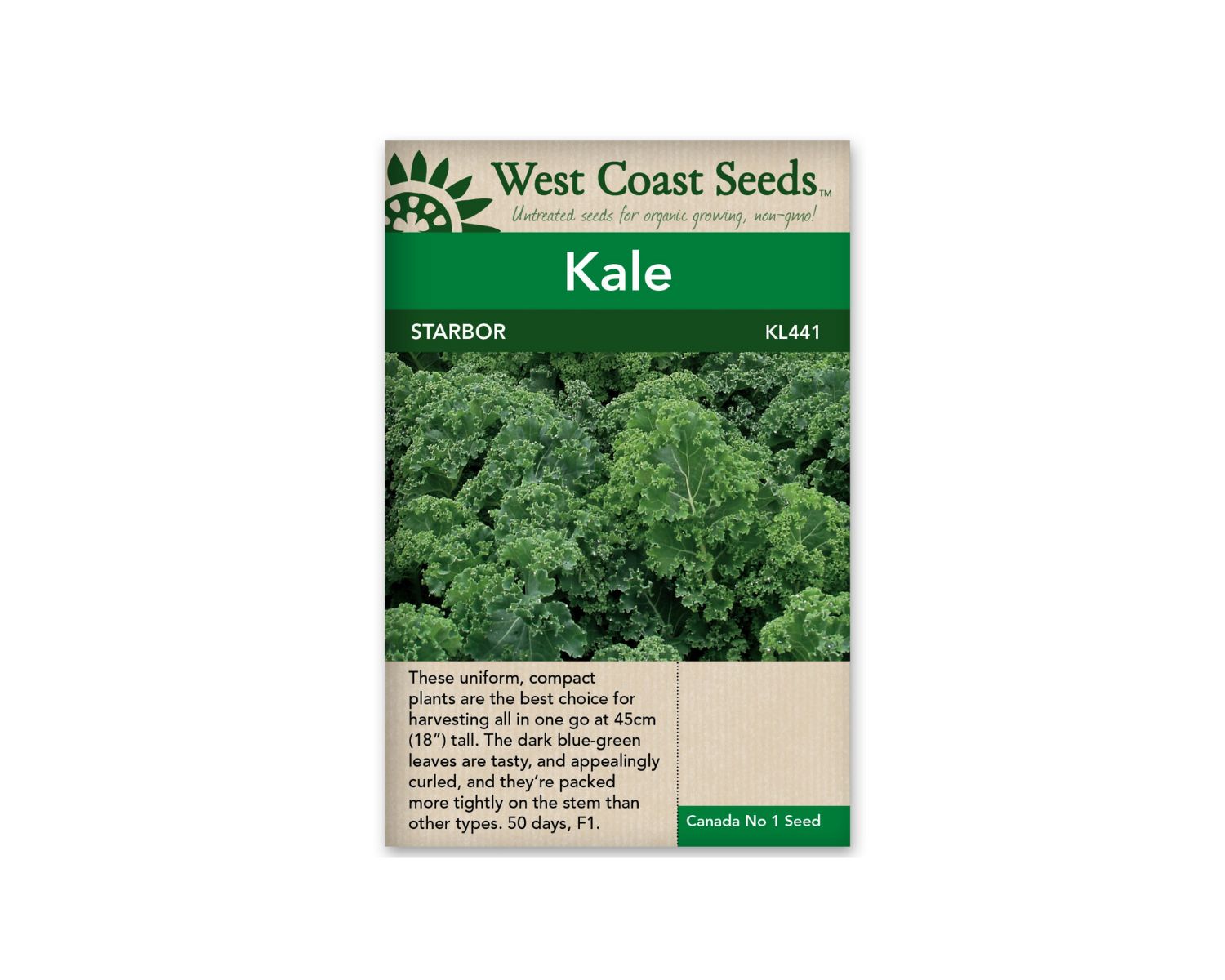
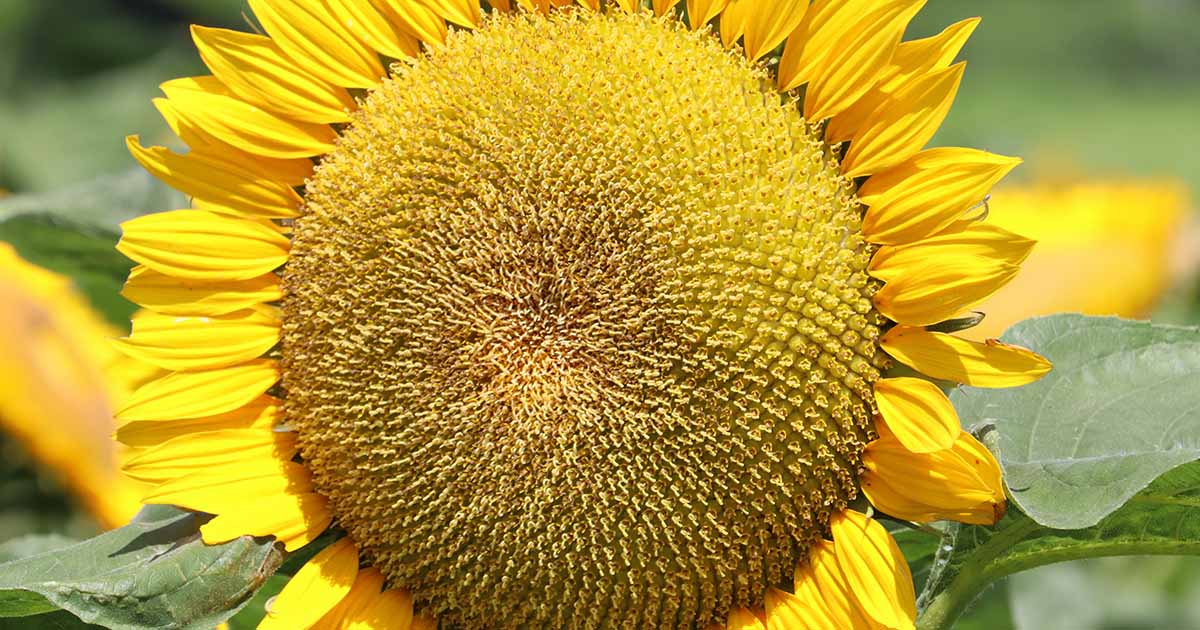
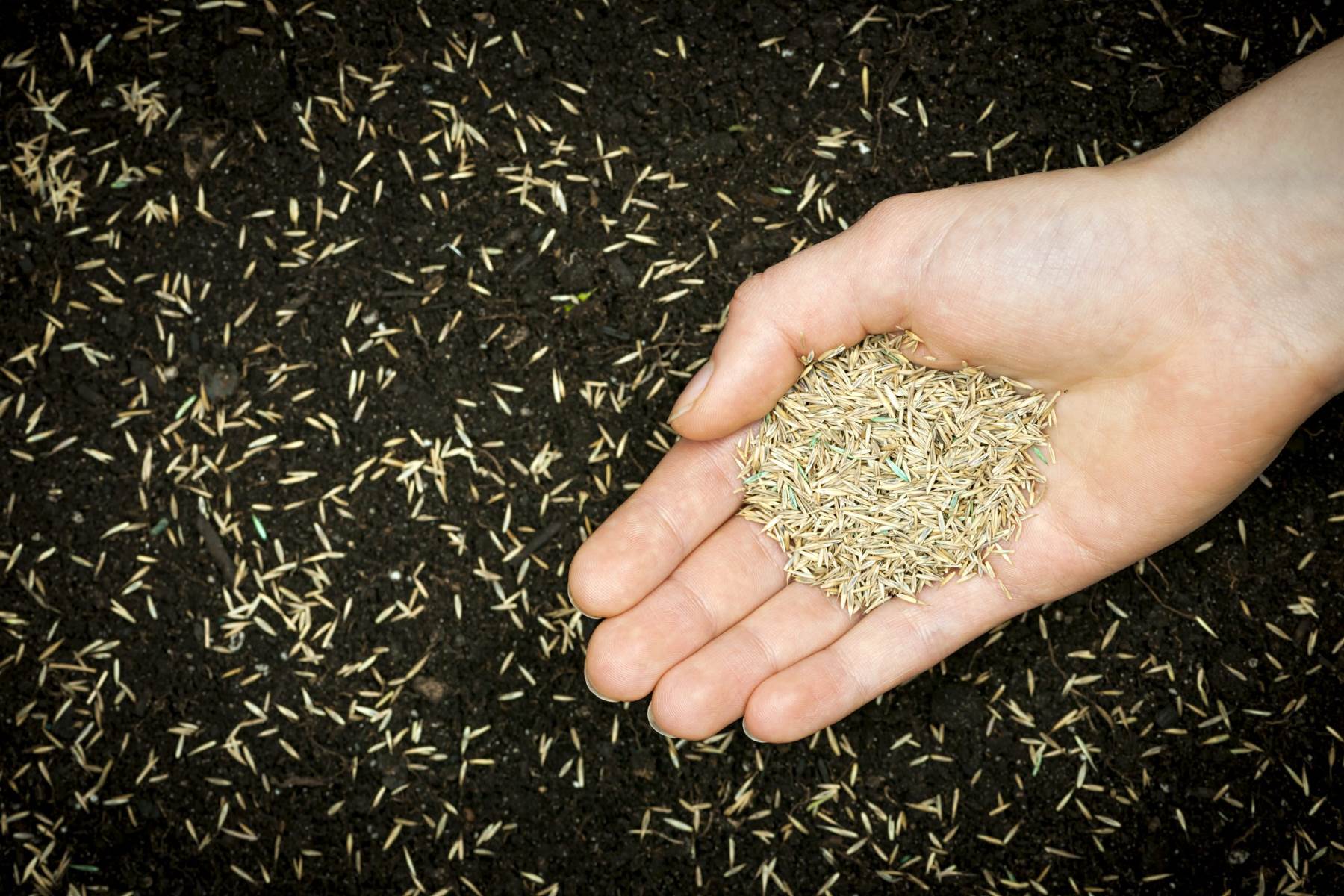
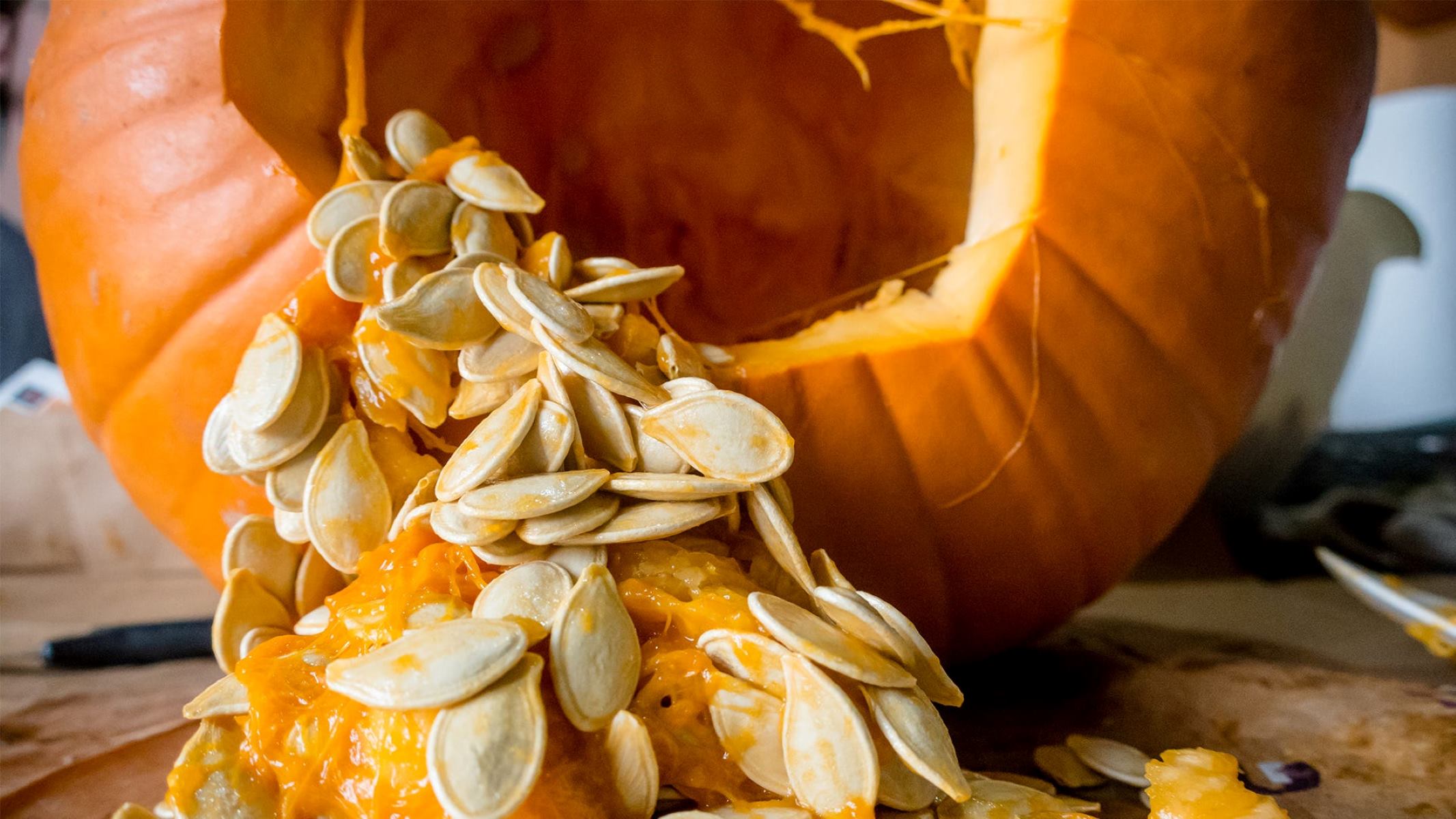
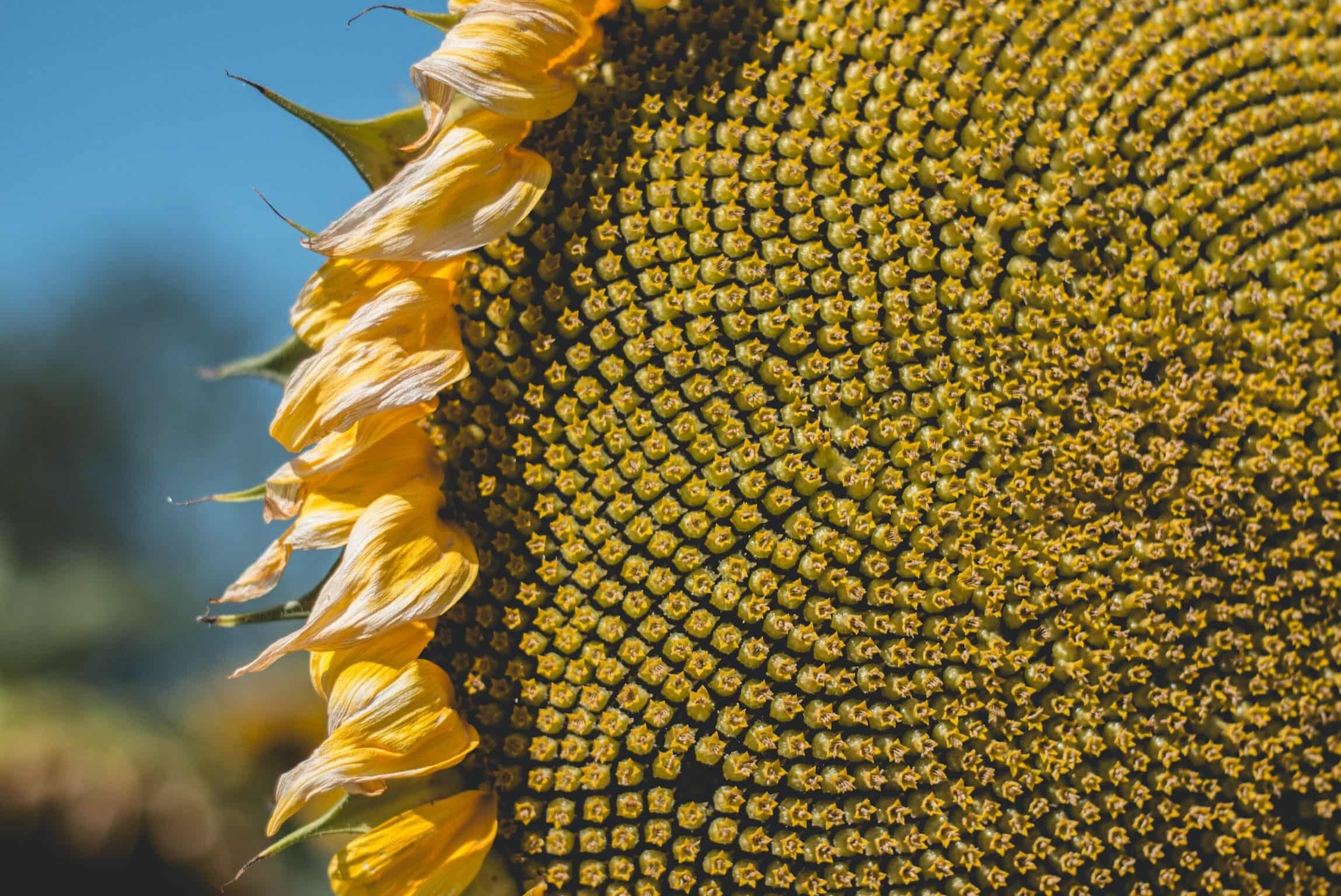
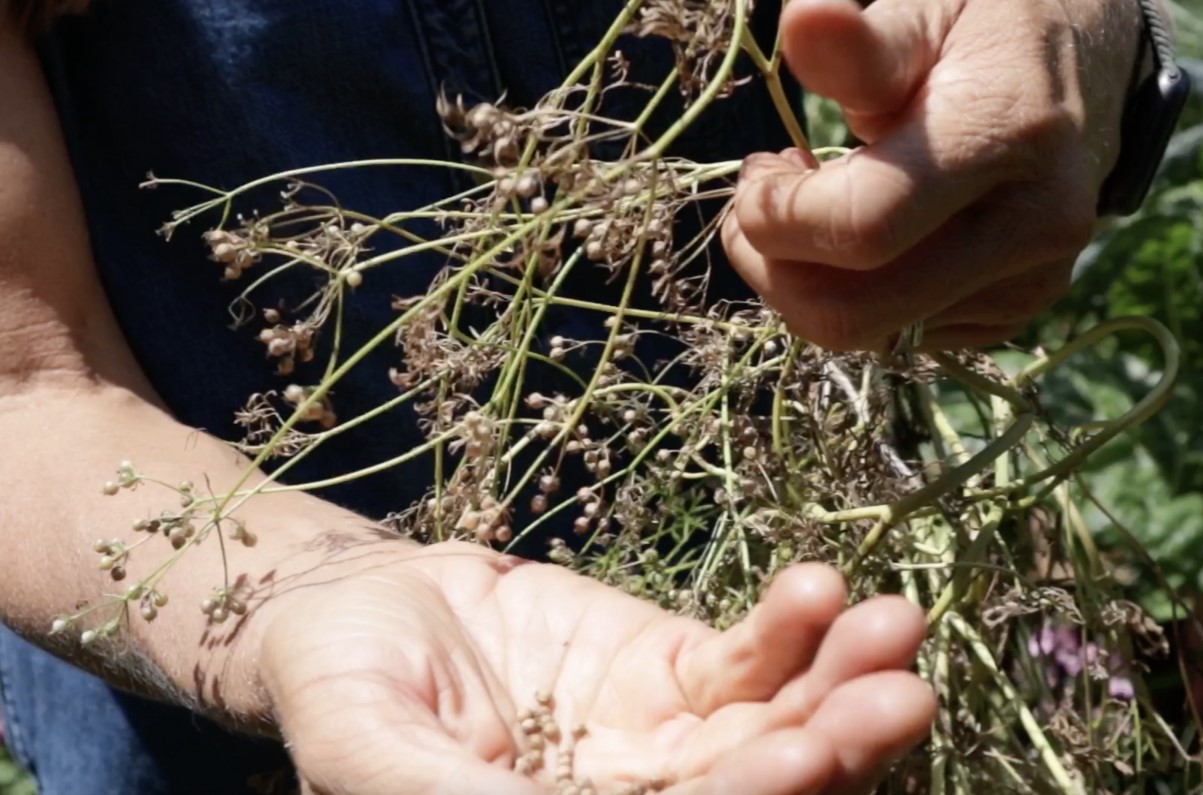
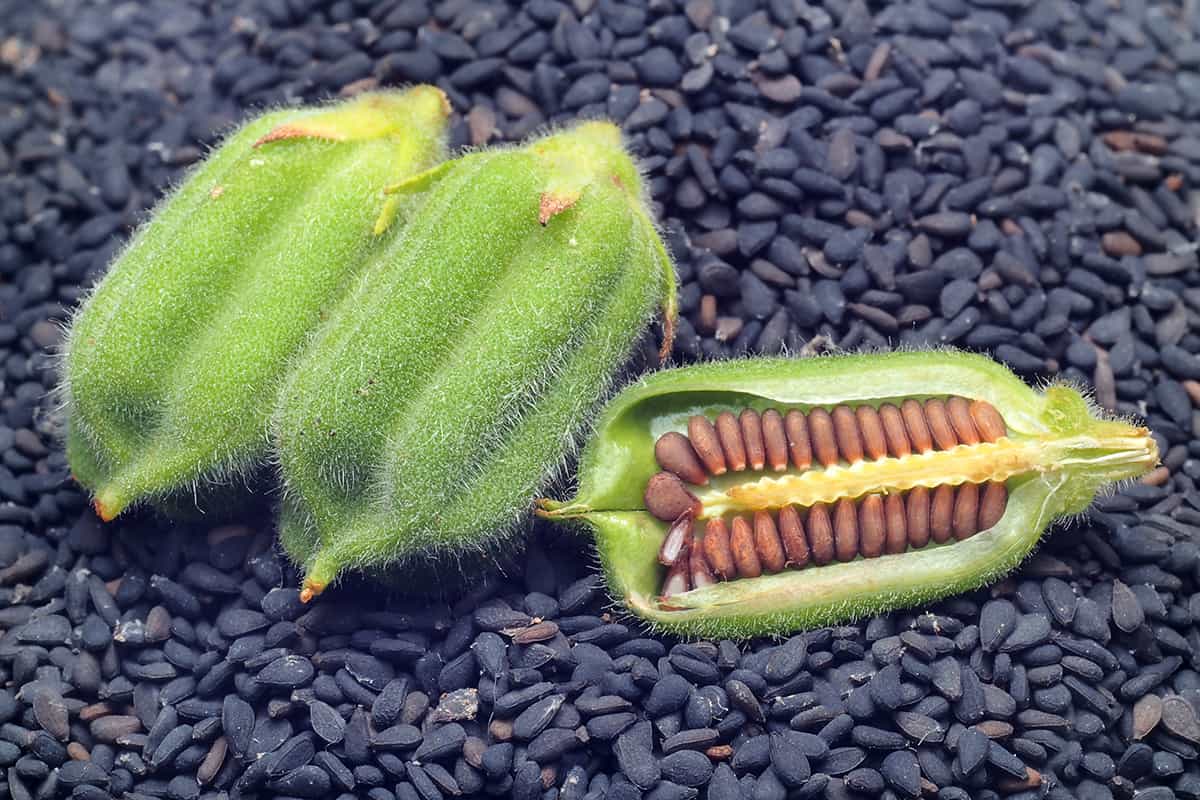
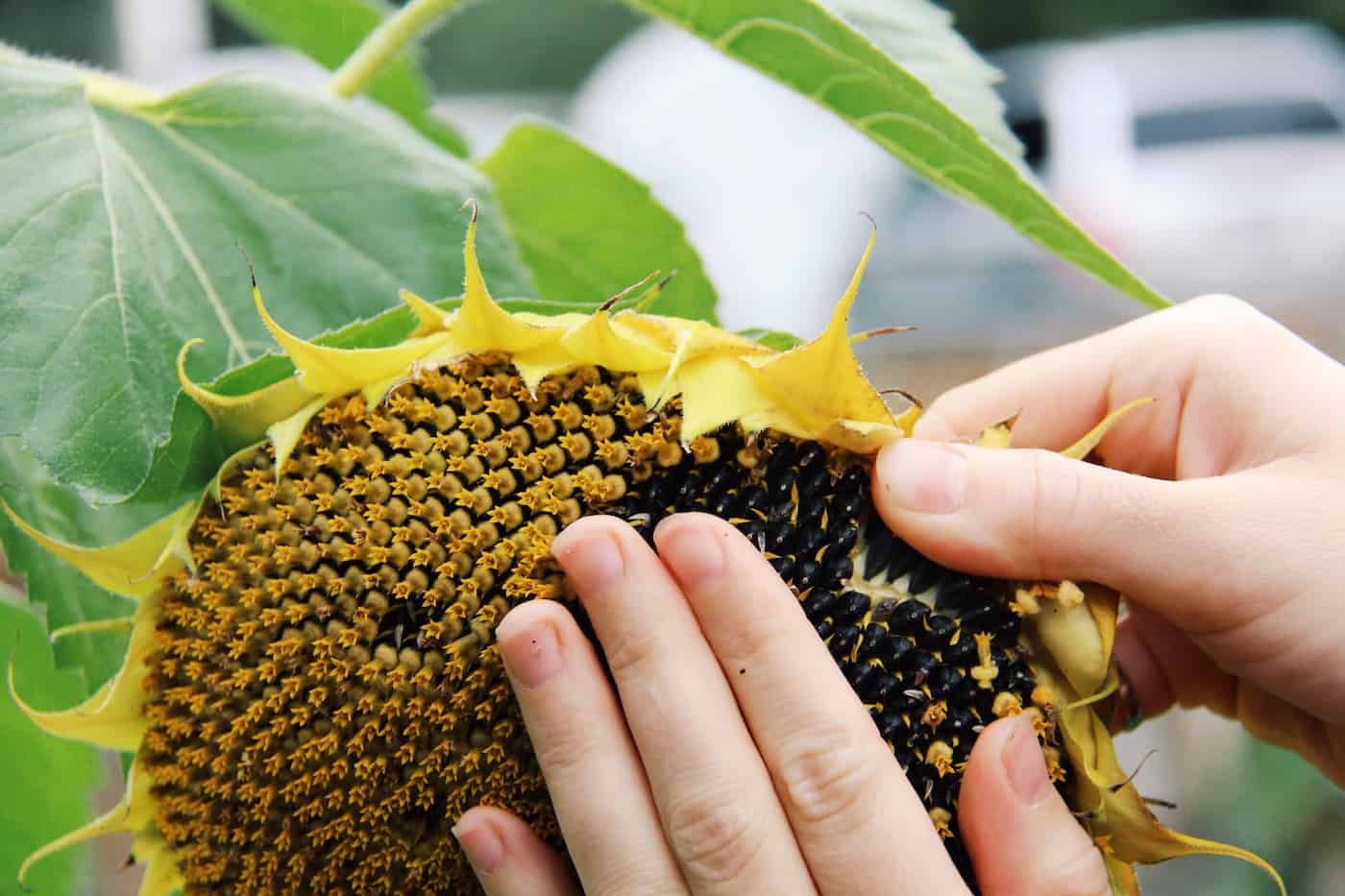
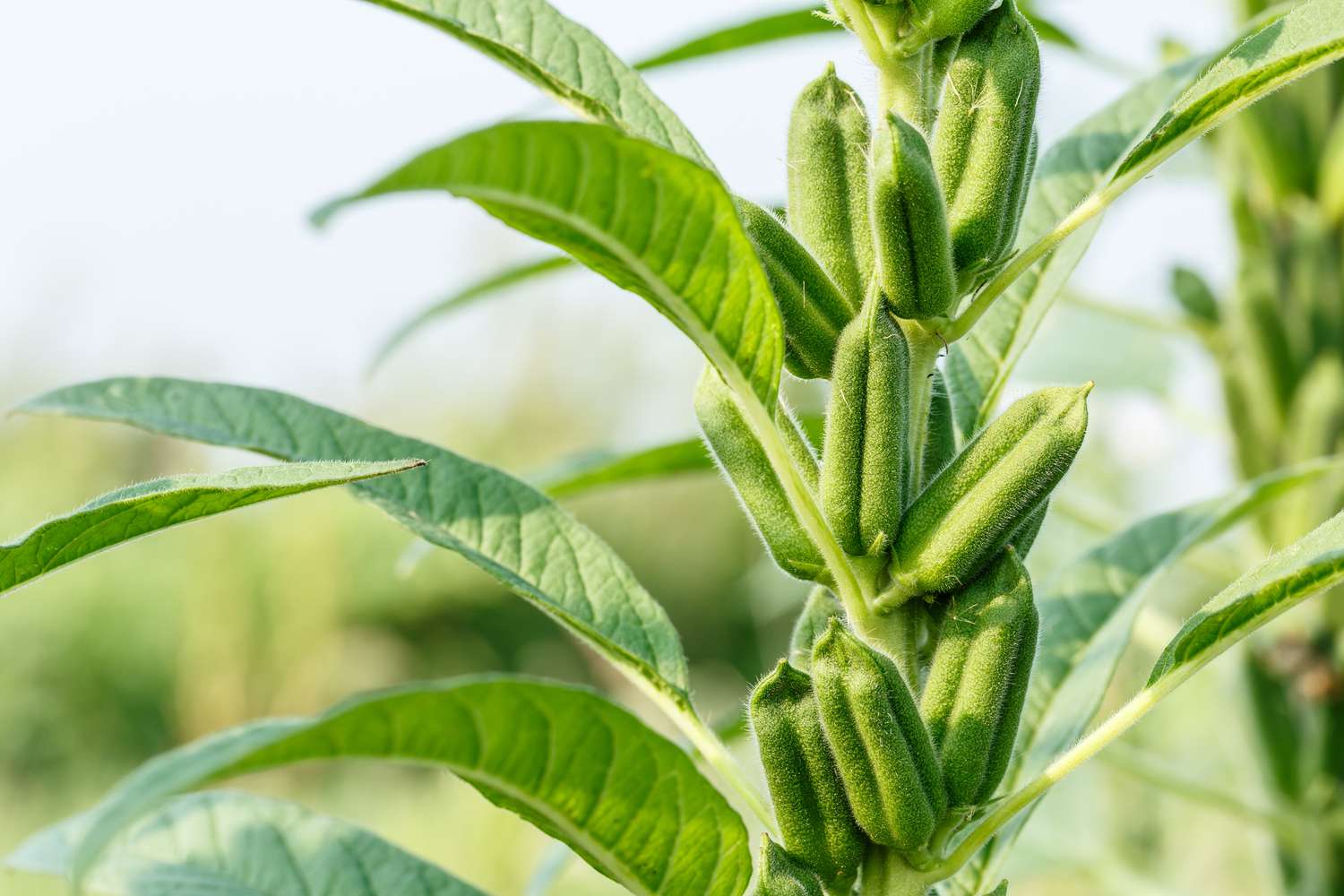
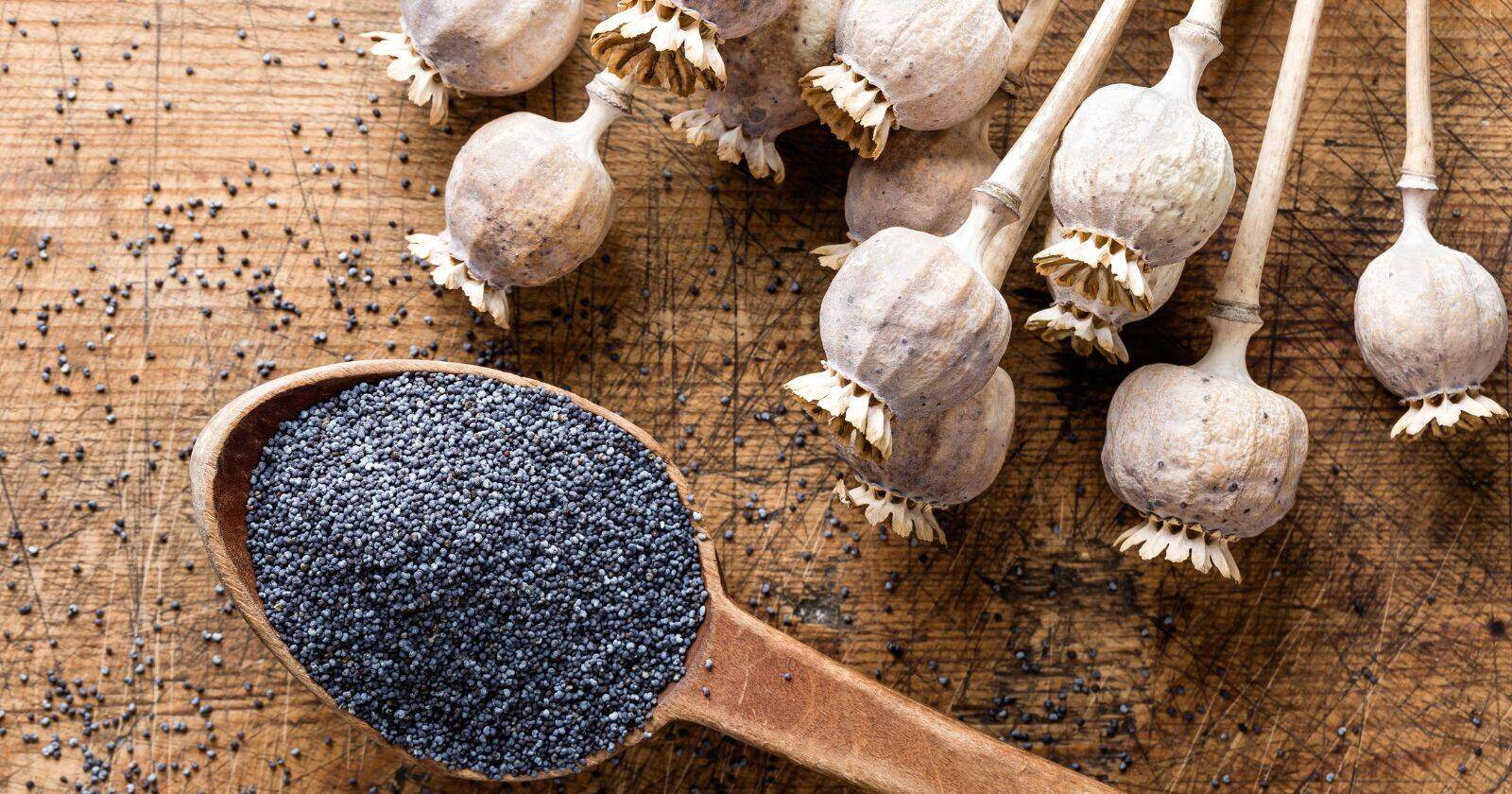
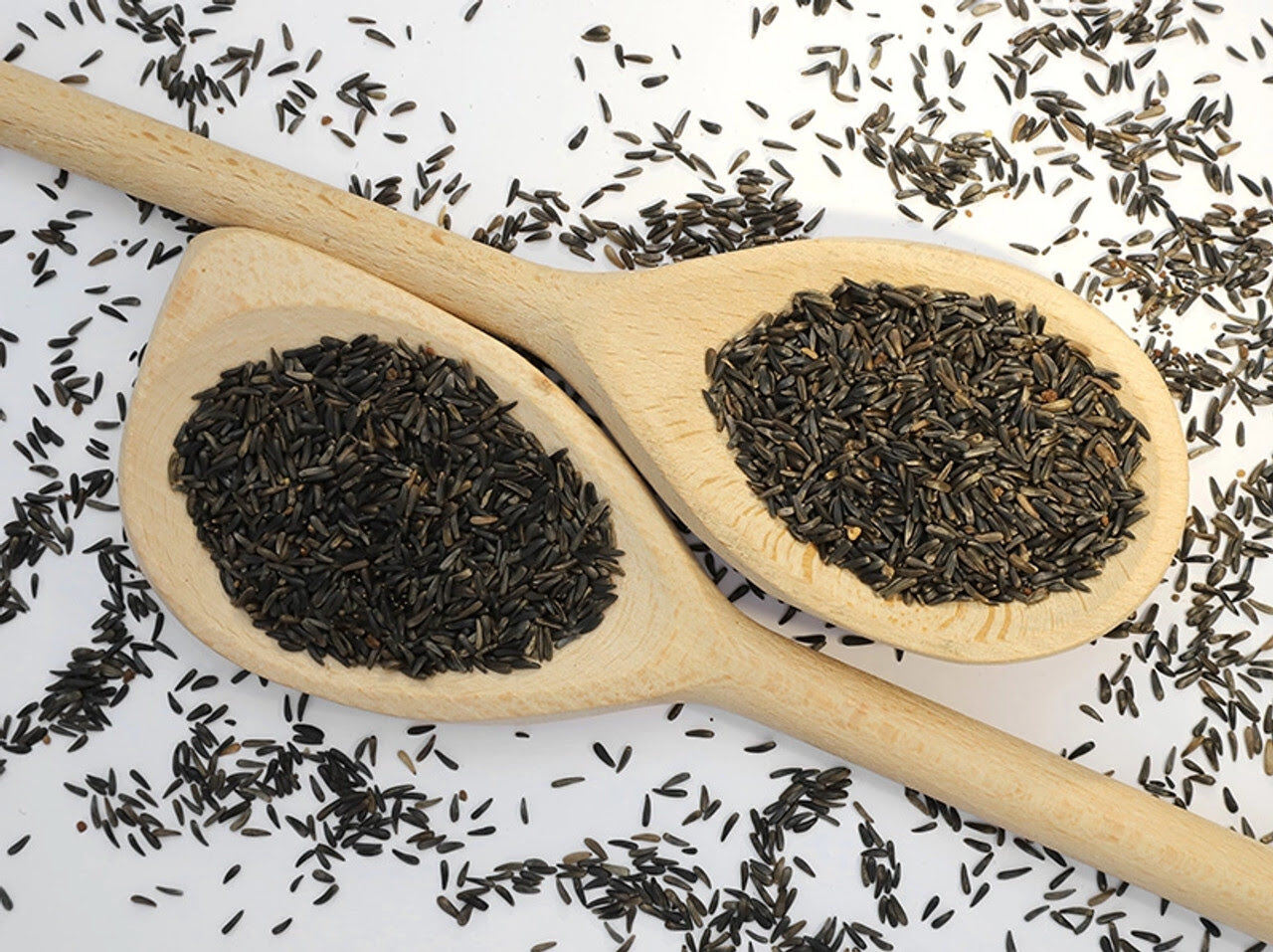
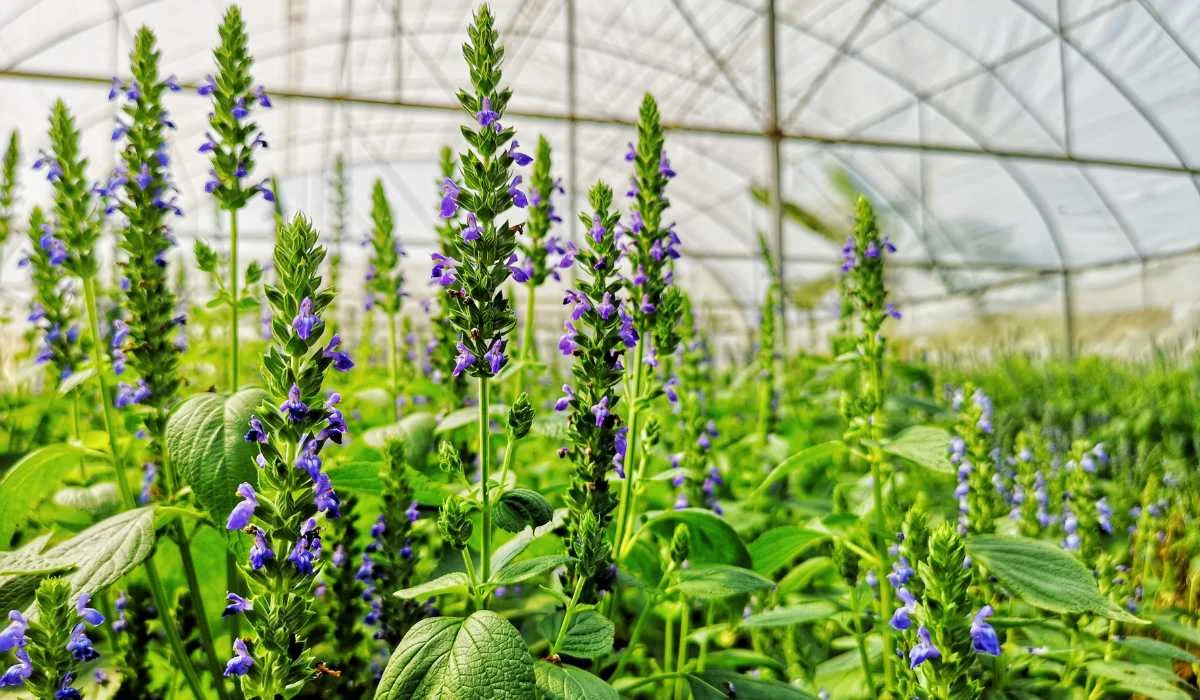
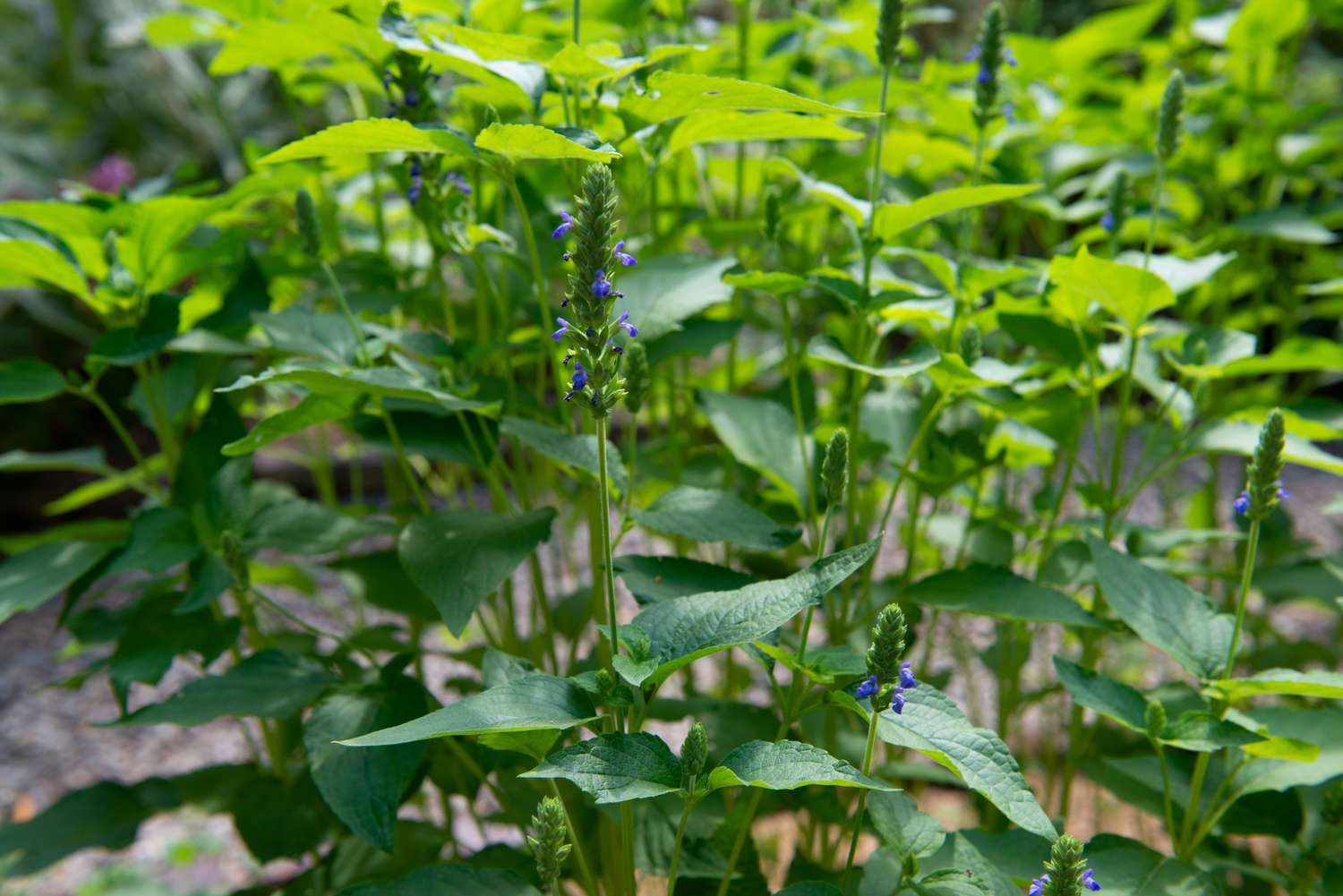

0 thoughts on “Where Do Sesame Seeds Come From”